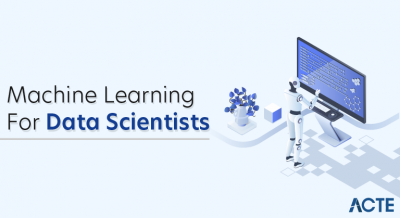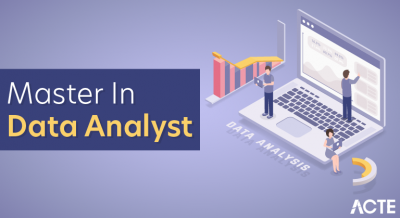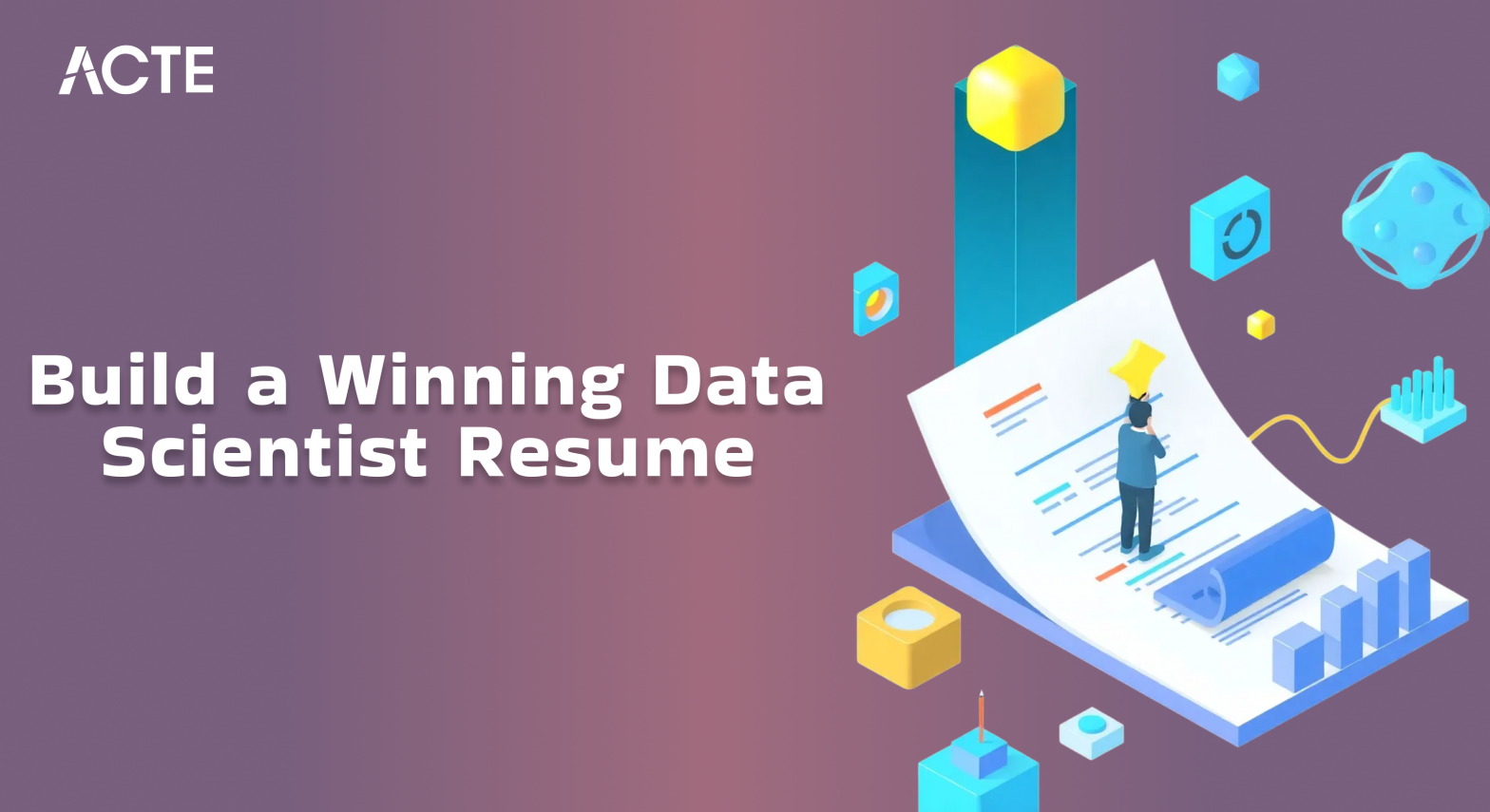
- Importance of a Strong Data Scientist Resume
- Writing a Compelling Resume Summary
- Showcasing Work Experience and Projects
- Education and Certifications to Include
- How to List Technical Skills Effectively?
- Best Resume Formats for Data Scientists
- Common Mistakes to Avoid in Data Scientist Resumes
- Data Scientist Resume Samples & Templates
Importance of a Strong Data Scientist Resume
A well-crafted resume is essential for securing a job as a data scientist. In today’s competitive job market, hiring managers and recruiters rely on resumes to quickly assess candidates’ skills, experience, and qualifications. A strong resume not only highlights technical proficiency but also showcases problem-solving abilities, industry knowledge, and communication skills. With the rise of applicant tracking systems (ATS), a data scientist’s resume must also be optimized for keyword searches to ensure it reaches human recruiters. Employers seek candidates who can analyze complex data, develop predictive models, and generate insights that drive business decisions, skills that are emphasized in Data Science Training. Therefore, your resume should emphasize your ability to work with large datasets, proficiency in programming languages like Python or R, and experience with machine learning frameworks. Additionally, soft skills such as teamwork, leadership, and adaptability are becoming increasingly valuable. A well-structured resume makes it easier for hiring managers to evaluate your qualifications and increases your chances of landing an interview. This document serves as your first impression to potential employers, making it crucial to present your experience and skills in a clear and compelling manner.
Interested in Obtaining Your Data Science Certificate? View The Data Science Course Training Offered By ACTE Right Now!
Writing a Compelling Resume Summary
A compelling resume summary is a concise, impactful introduction that highlights your key qualifications and sets the tone for the rest of your resume. Positioned at the top of the document, it serves as your elevator pitch giving recruiters a quick snapshot of who you are and what value you bring. To craft an effective summary, start by stating your job title and years of experience, followed by a brief overview of your core competencies, such as data analysis, machine learning, or data visualization, reflecting key aspects of Data Mining Vs. Machine Learning. Tailor this section to the specific role you’re applying for by including keywords from the job description. This improves your chances of passing Applicant Tracking Systems (ATS) and grabbing the hiring manager’s attention.
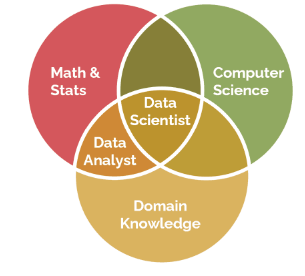
Focus on achievements and impact, not just responsibilities. For example, instead of saying “Skilled in data analysis,” say “Data analyst with 4+ years of experience using Python and SQL to deliver actionable insights that improved customer retention by 18%.” Keep the tone professional and the length between 3–5 lines. Avoid vague language and buzzwords like “go-getter” or “hard worker.” A strong summary should clearly convey your value, build interest, and encourage the reader to explore your resume in detail.
Showcasing Work Experience and Projects
- Use Action Verbs: Start each bullet point with strong verbs like developed, analyzed, implemented, or optimized to clearly convey your contributions.
- Quantify Achievements: Add metrics where possible. For example, “Improved forecasting accuracy by 20%” shows tangible impact and results.
- Tailor to the Role: Align your experiences with the job description. Highlight skills, tools, and responsibilities that match the employer’s needs.
- Highlight Tools and Techniques: Mention technologies like Python, SQL, Tableau, and Scikit-learn to show practical skills and the Advantages & Disadvantages of Python programming language.
- Focus on Outcomes: Don’t just describe tasks explain the results. Show how your work solved problems, improved processes, or supported business goals.
- Include Relevant Projects: Add personal, academic, or freelance projects, especially if you’re early in your career. Describe the objective, tools used, and outcomes.
- Use a Clear Format: Keep bullet points concise, and maintain consistency in structure and formatting for easy readability.
- Relevant Degrees: Include degrees like B.Sc. or M.Sc. in Computer Science, Statistics, Mathematics, Data Science, or related fields. These show a solid academic background for analytical roles.
- Institution Name and Dates: Clearly mention the university name, location, degree earned, and graduation date (or expected date). This adds credibility and context.
- Coursework (Optional for Entry-Level Roles): For students or recent graduates, listing relevant coursework such as machine learning, data visualization, or database management can add value, especially when complemented by Data Science Training.
- Certifications: Include recognized certifications like the Google Data Analytics Certificate, Microsoft Data Analyst Associate, IBM Data Science Professional Certificate, or AWS Certified Data Analytics.
- Ongoing Education: Highlight certifications or degrees in progress to show commitment to learning and skill advancement.
- Online Courses and Bootcamps: Reputable platforms like Coursera, edX, and DataCamp offer courses worth including especially if they led to completed projects.
- Ordering and Formatting: Lists the most recent or relevant credentials first. Use bullet points or a clean layout to keep this section easy to read.
- Reverse-Chronological Format: The most common and ATS-friendly format, this lists your work experience starting with the most recent. Ideal for professionals with a strong, continuous work history.
- Combination (Hybrid) Format: Blends chronological experience with a strong focus on skills. Great for those with both technical expertise and solid work experience.
- One-Page Format: For early-career professionals or those with less than 5 years of experience, keeping the resume concise and to one page is ideal.
- Two-Page Format: Suitable for experienced data scientists, understanding What is Normality Test in Minitab ensures all content is relevant and impactful; avoid filler just to extend length.
- Use of Bullet Points: Clear, concise bullet points help recruiters quickly identify key achievements, skills, and tools used.
- Clean and Modern Design: Stick to a professional layout with clear headings, readable fonts, and logical structure. Avoid overly decorative designs,as they may confuse ATS systems.
- Functional Format: Emphasizes skills over job history. While less common, it can be useful for career changers or those with limited professional experience but strong project work.
To Earn Your Data Science Certification, Gain Insights From Leading Data Science Experts And Advance Your Career With ACTE’s Data Science Course Training Today!
Education and Certifications to Include
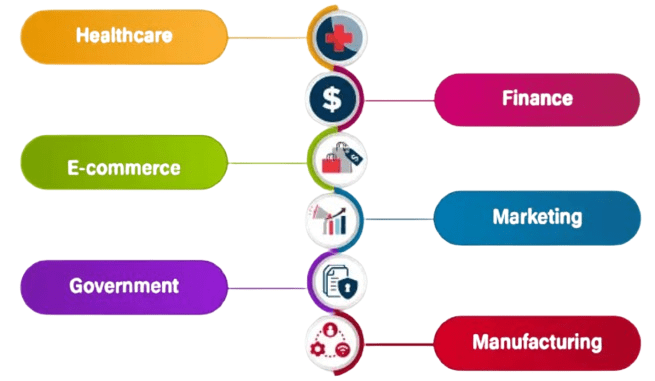
How to List Technical Skills Effectively?
Listing technical skills effectively on a resume is essential for data science and analytics roles, as employers quickly scan for specific tools and competencies. To make a strong impression, create a dedicated “Technical Skills” section that is easy to locate, ideally placed near the top or right after the summary. Use clear subheadings to organize tools into categories like Programming Languages, Data Visualization, Databases, Machine Learning, and Cloud Platforms. Instead of simply listing tools, include proficiency levels (e.g., “Advanced in Python, Intermediate in R”) to help employers assess your capabilities, as recommended in Top Data Science Books for Beginners & Advanced Data Scientist. Avoid padding your resume with tools you’ve only briefly encountered, as this can backfire during interviews. Whenever possible, integrate your technical skills into your work experience or project descriptions. For example, instead of writing “Python,” say, “Developed a predictive model using Python and Scikit-learn that improved sales forecasting accuracy by 20%.” This demonstrates real-world application and business impact. Also, consider tailoring your skills list to each job posting by matching keywords from the description. This not only makes your resume more relevant but also helps it pass through Applicant Tracking Systems (ATS). A thoughtful and well-organized technical skills section shows both your expertise and your professionalism.
Looking to Master Data Science? Discover the Data Science Masters Course Available at ACTE Now!
Best Resume Formats for Data Scientists
Common Mistakes to Avoid in Data Scientist Resumes
Crafting a data scientist resume requires careful attention to both content and presentation. Many qualified candidates miss opportunities due to common mistakes that weaken their resumes. One major error is failing to tailor the resume to the job description. Generic resumes that don’t align with the specific role or required skills are often overlooked by hiring managers and Applicant Tracking Systems (ATS). Another frequent mistake is listing tools without context. Simply naming technologies like Python, SQL, or TensorFlow without explaining how they were used in projects or real-world applications does not demonstrate practical experience, underscoring the Reasons You Should Learn R, Python, & Hadoop. Instead, describe achievements using metrics, such as “increased model accuracy by 15%” or “reduced data processing time by 30%.” Overloading the resume with jargon or overly technical terms without business context can also be a red flag. Employers want to see the impact of your work, not just your technical knowledge. Additionally, neglecting soft skills, such as communication and teamwork, can hurt your chances, as data scientists often collaborate across departments. Poor formatting, grammar mistakes, and missing links to portfolios or GitHub projects further diminish credibility. A concise, clear, and results-driven resume significantly improves your chances of landing interviews and standing out in the data science job market.
Want to Learn About Data Science? Explore Our Data Science Interview Questions & Answer Featuring the Most Frequently Asked Questions in Job Interviews.
Data Scientist Resume Samples & Templates
Creating an effective data scientist resume is crucial for standing out in a competitive job market. A well-structured resume should clearly showcase your technical skills, professional experience, and contributions to data-driven projects. Employers look for candidates who can demonstrate not only strong analytical abilities but also the capacity to turn data into actionable insights. An ideal data scientist resume includes key sections such as a professional summary, technical skills, work experience, projects, education, and certifications. In the technical skills section, highlight proficiency in tools and languages like Python, R, SQL, TensorFlow, Scikit-learn, Tableau, and Power BI, which are commonly covered in Data Science Training. Be sure to tailor this section to match the job description. Under work experience, focus on quantifiable achievements such as improving model accuracy, reducing processing time, or driving revenue through predictive analytics. Include internships or freelance projects if you’re early in your career, showcasing real-world problem-solving. Templates should be clean, professional, and ATS-friendly (Applicant Tracking System). Use reverse chronological order, bullet points, and action verbs like “developed,” “analyzed,” and “optimized.” Platforms like Canva, Novoresume, and Zety offer modern resume templates that align with current industry standards. A strong resume reflects both your technical capabilities and your ability to deliver business value through data science.


